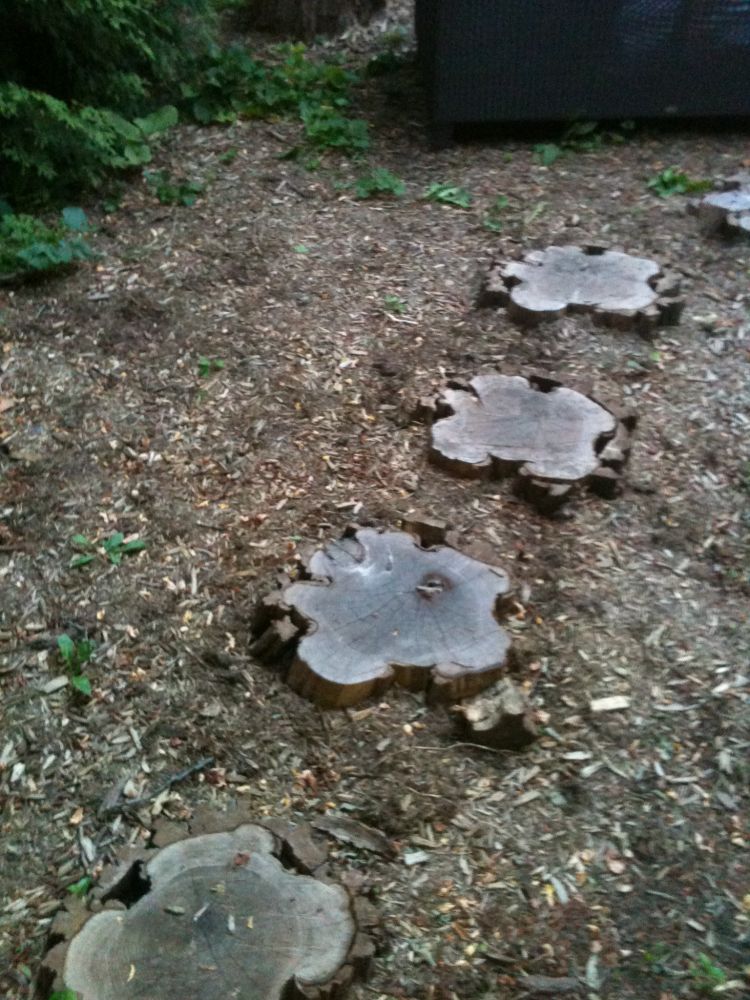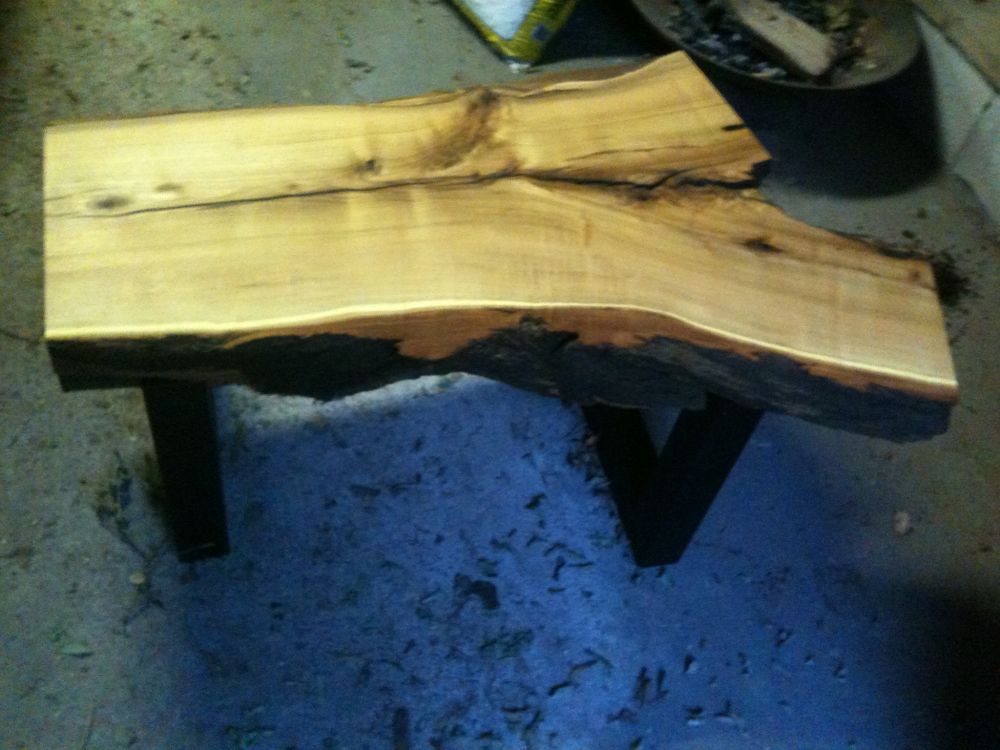Led by arborist Ryan Kuz, woodworker Dennis Hale, and LEAF’s Executive Director Janet McKay, our group was 65 people strong. We explored the Junction neighbourhood to learn what kind of wood is good for salvaging and how to go about it. As we walked around together, Ryan and Dennis identified which species of trees are ideal for salvaging projects, and which were likely to have rotten or weak wood that was better used as mulch.

We came to this mulberry tree (Morus spp.) near Humberside Avenue and Medland Crescent. This is the type of tree that would be a good candidate for a salvage project since it is right beside a wide laneway. The easy access would allow it to be taken down in larger pieces, so you could make something big out of the wood, like a bench or boards. Mulberry is also a very strong wood, so it’s often used to build fences, but would be good for many other building projects as well – like a bar or countertop. In addition, this tree has exaggerated bulges and ripples along the trunk, which translates into some interesting patterns in the wood. Dennis speculated that it might even have some “bird's eye” sections which will someday make for particularly pretty pieces.
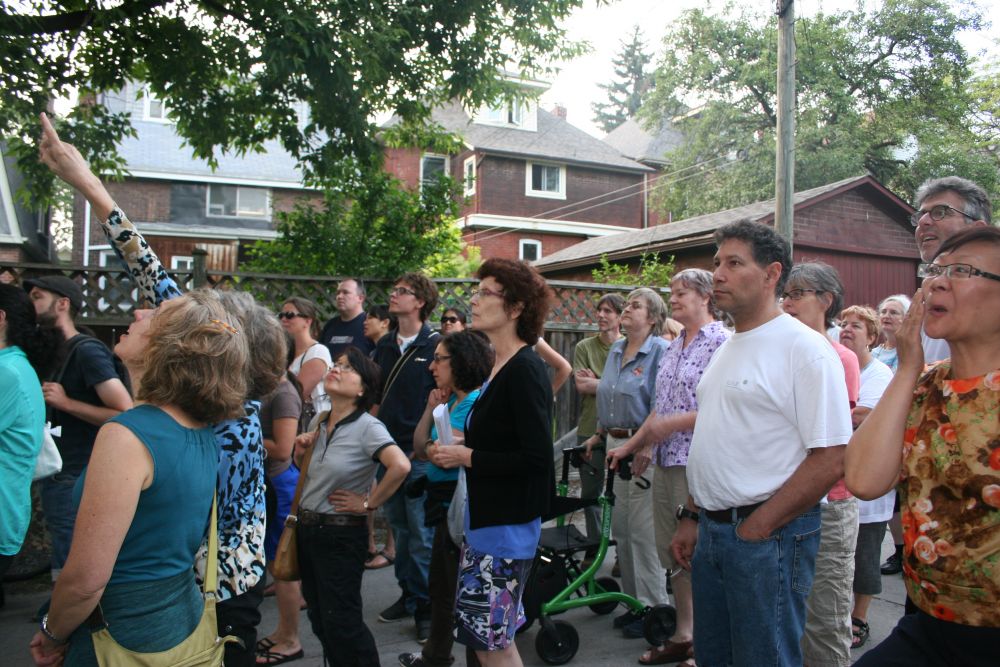
In an alleyway, we looked at a Manitoba maple tree (Acer negundo) with verticillium wilt. Although bad for the tree, this disease makes for an interesting red pattern, and does not compromise the strength of the wood. Dennis doesn’t see these “imperfections” as a reason to discard, but rather likes to take advantage of unique features like these that will give character to the finished piece.
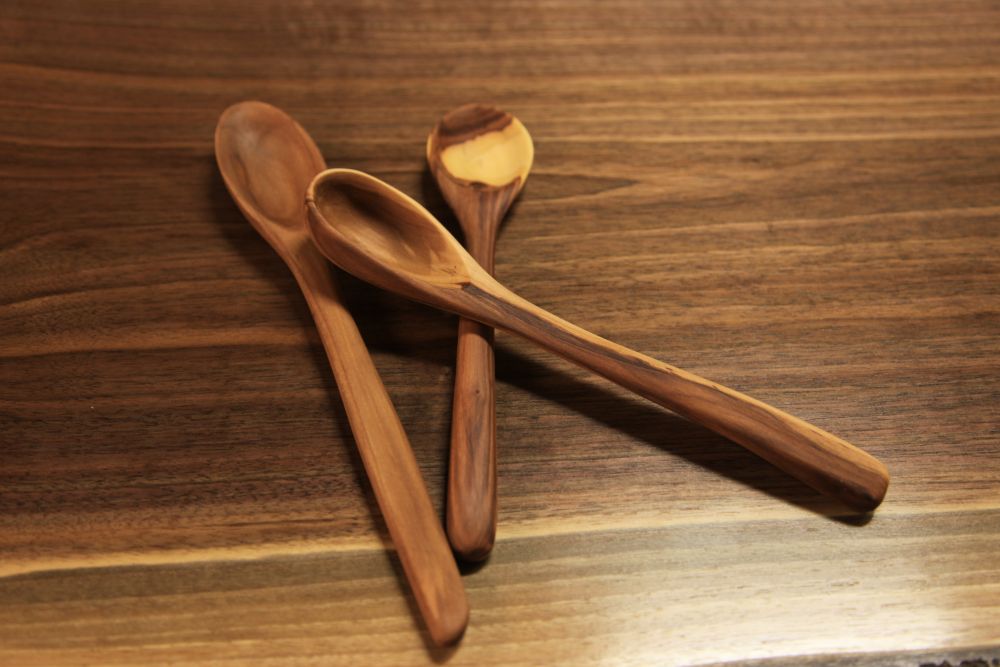
For example, here are some spoons that Dennis made. The light and dark patterns naturally occurring in the wood make them particularly beautiful. I’d prefer one of these to a plain spoon any day!
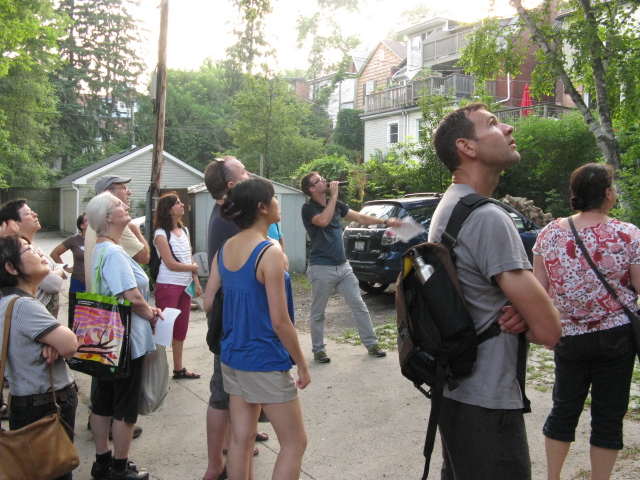
Ryan showed us two white pine trees (Pinus strobus) in a backyard. These trees are ideal for beams and buildings. If I ever had to remove one to make space for building a new room or deck, I would definitely want to incorporate the wood into the building structure, perhaps with an exposed beam.
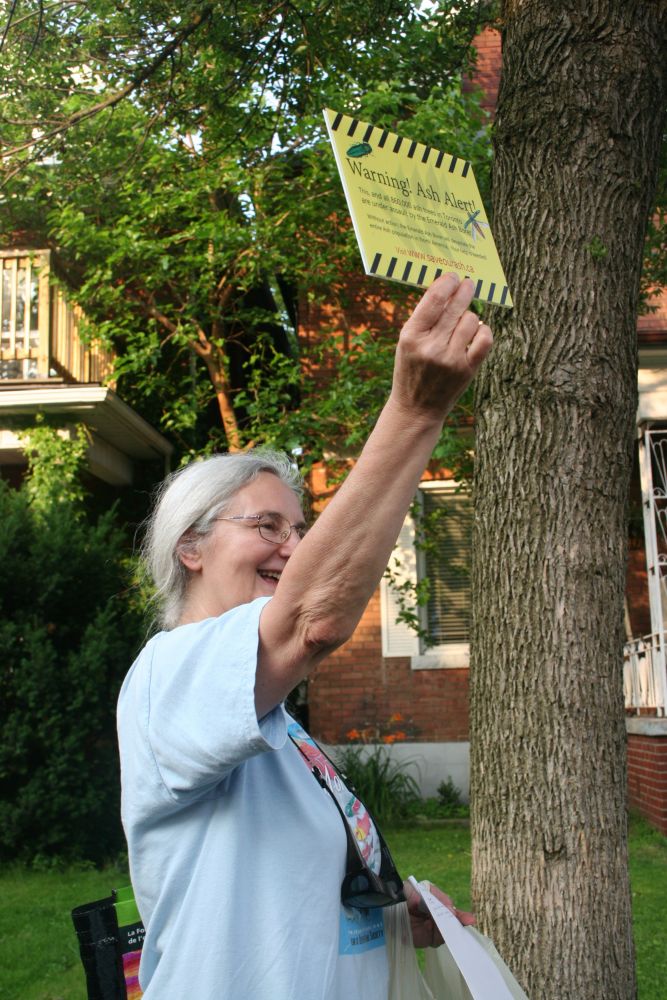
Our amazing volunteer Rita Bijons shared the “Warning! Ash Alert!” signs that she’s been putting up around the neighbourhood to alert passers-by to the presence of an ash tree (Fraxinus spp.) and the issue of the Emerald Ash Borer. Since early spring, Rita has been heading up our EAB door-to-door canvassing efforts in Ward 13. Unfortunately a lot of ash trees will need to be removed in the city – it would be great to salvage the wood from all of these trees rather than have it go to waste!
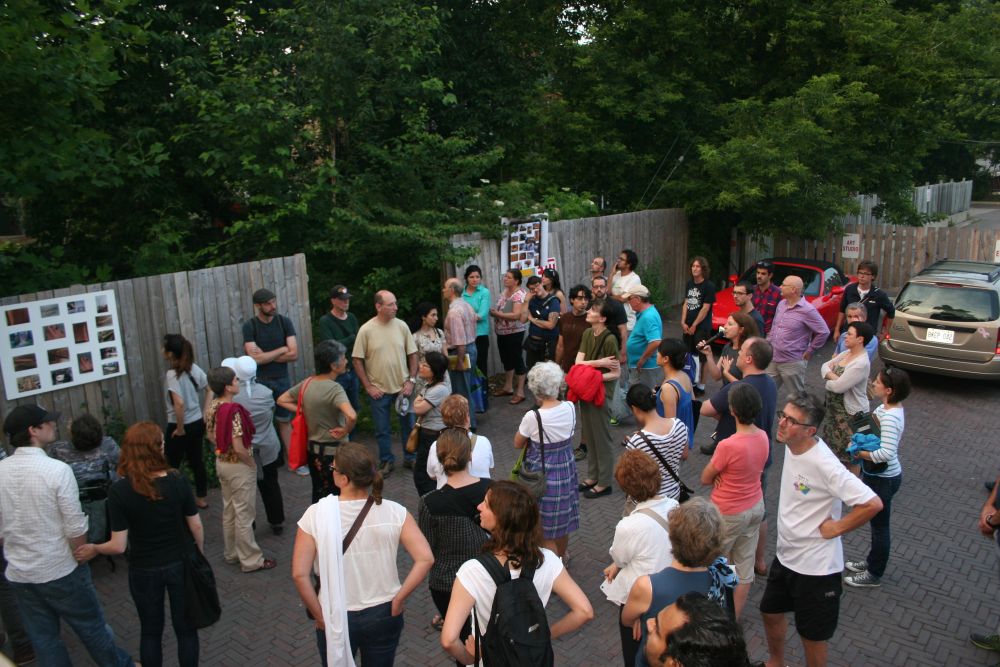
We ended the tour with a visit to Janet’s backyard, where Dennis and Ryan had worked together to take down a mature black locust tree (Robinia pseudoacacia) that was in decline and had to be removed. Ryan took the tree down with care so Janet could preserve large pieces of the wood, and Dennis turned these into a beautiful bench, “cookies” (cut across the trunk, rather than with it) for a path, and some lovely boards that show off the beauty of the wood (but Janet has yet to figure out what they will become).
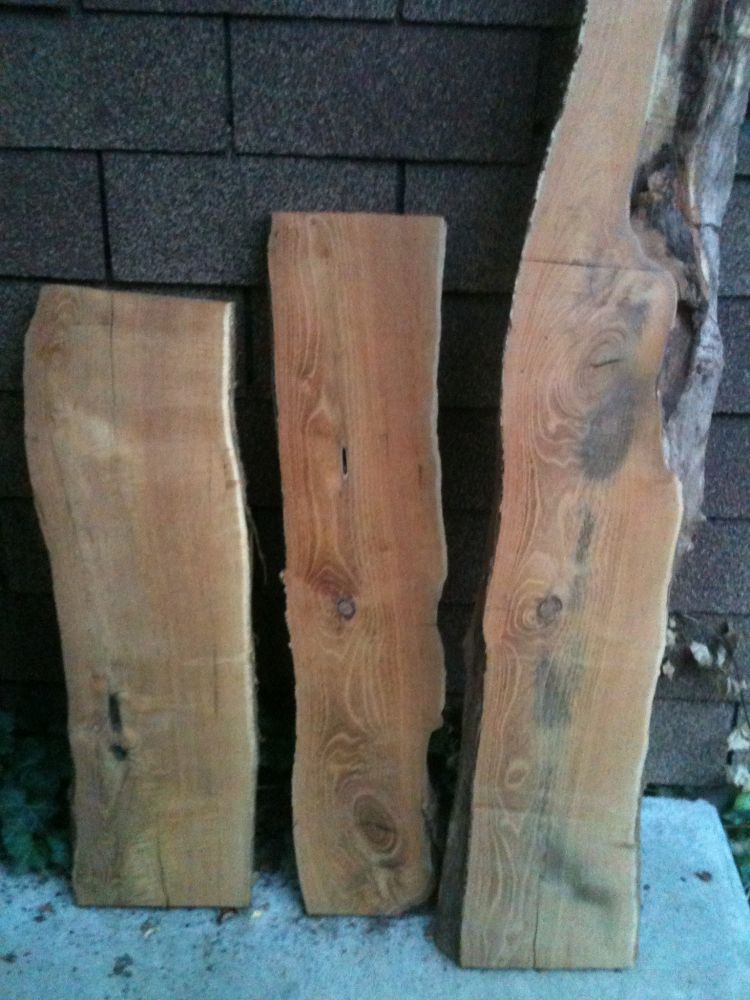
They also left a five foot tall snag (part of the trunk is left standing) in place to provide habitat for critters in the yard. The remaining wood was chipped for mulch in the very backyard in which the tree spent its life. And as the mulch breaks down, providing nutrients for the new trees that will take its place, Janet will enjoy the shade while sitting on her black locust bench!
